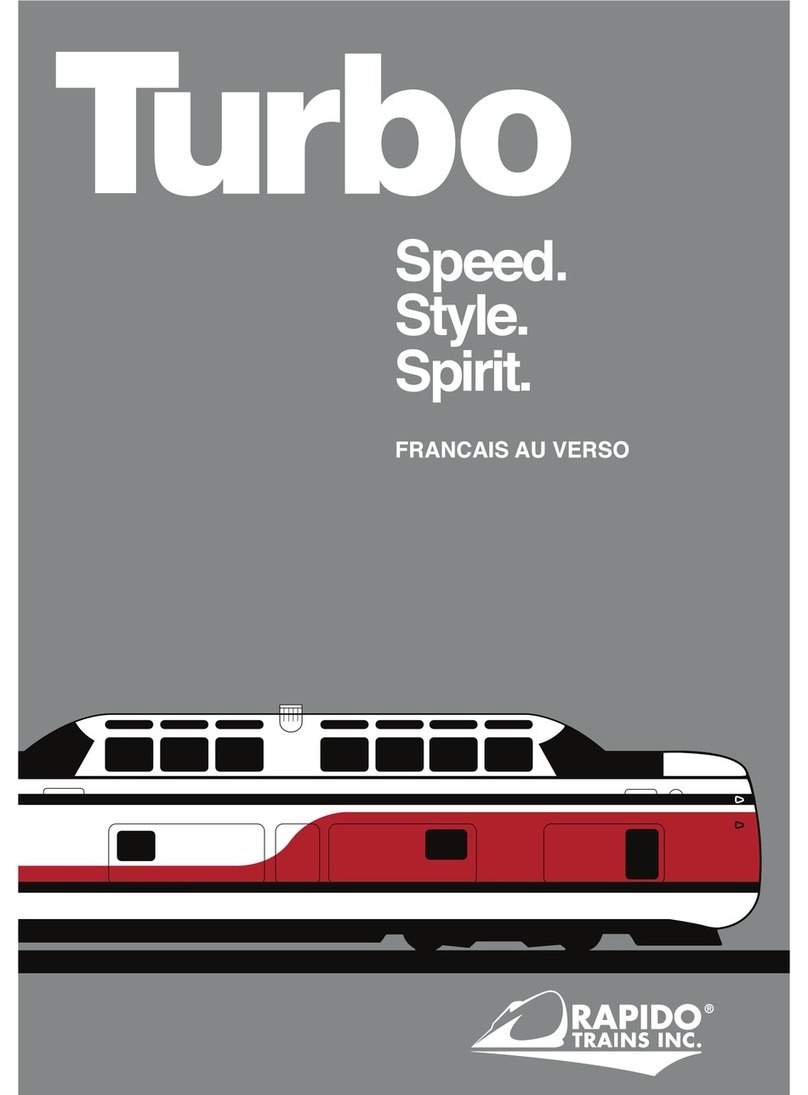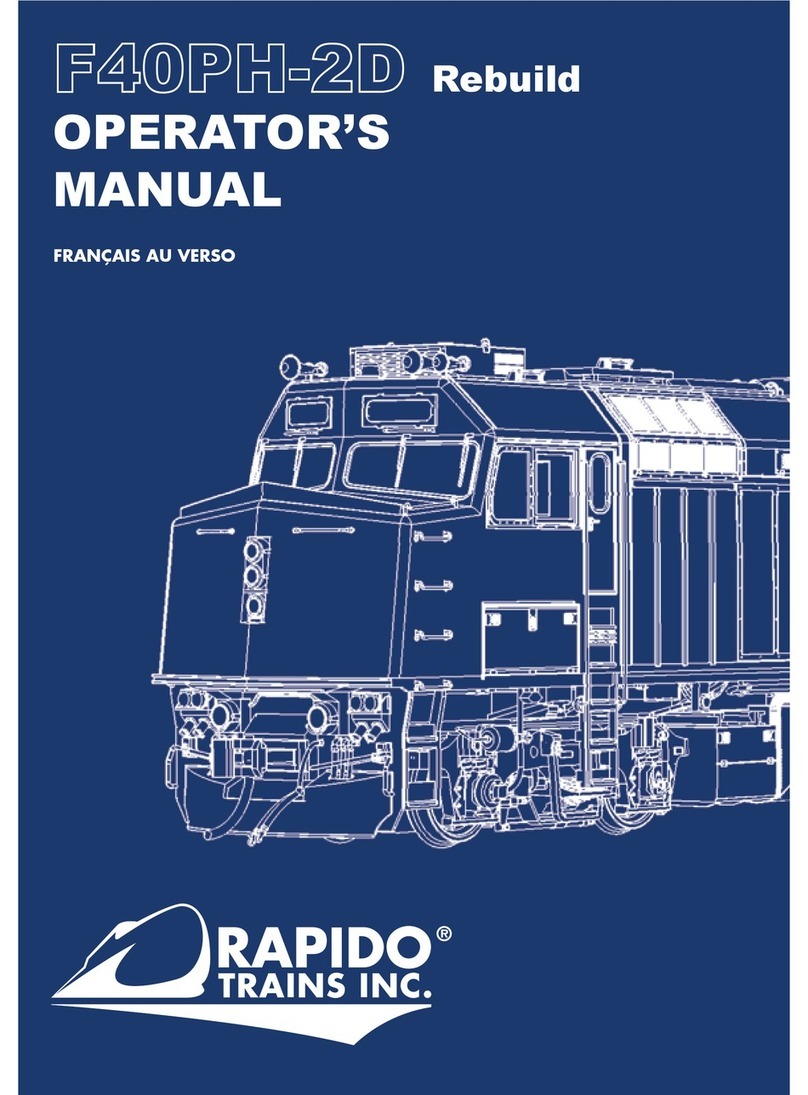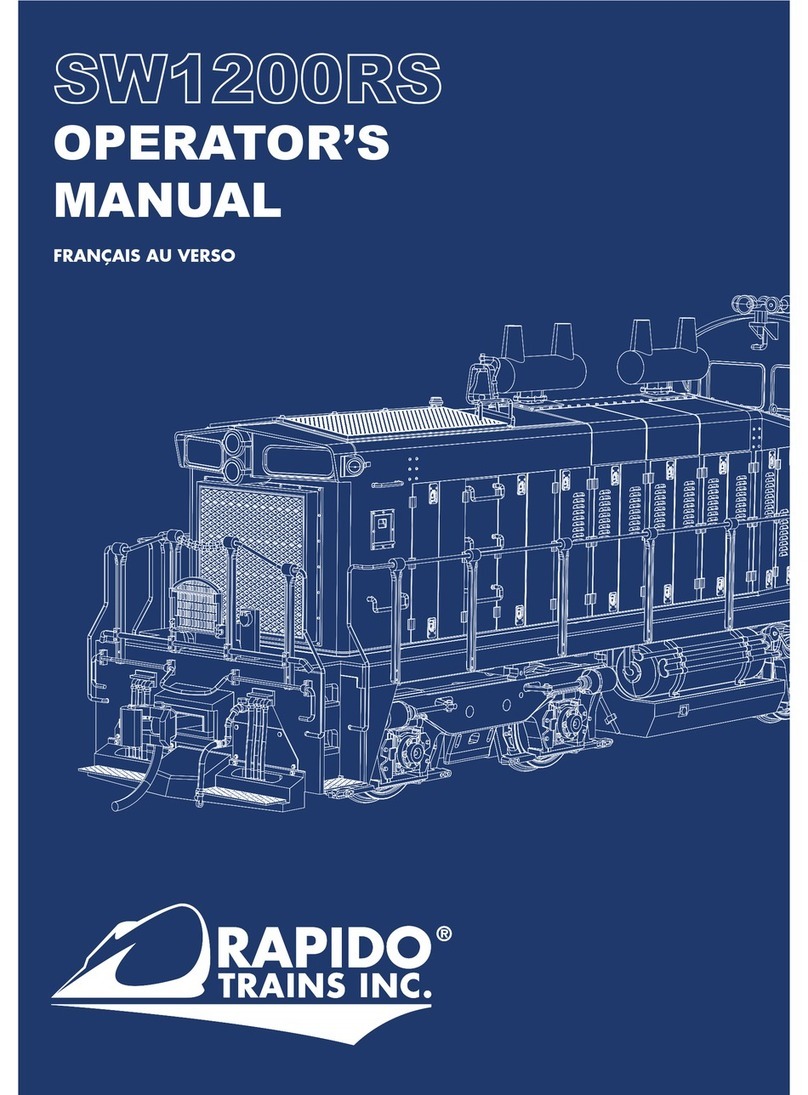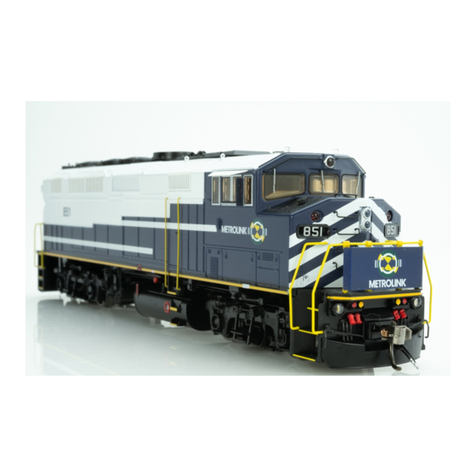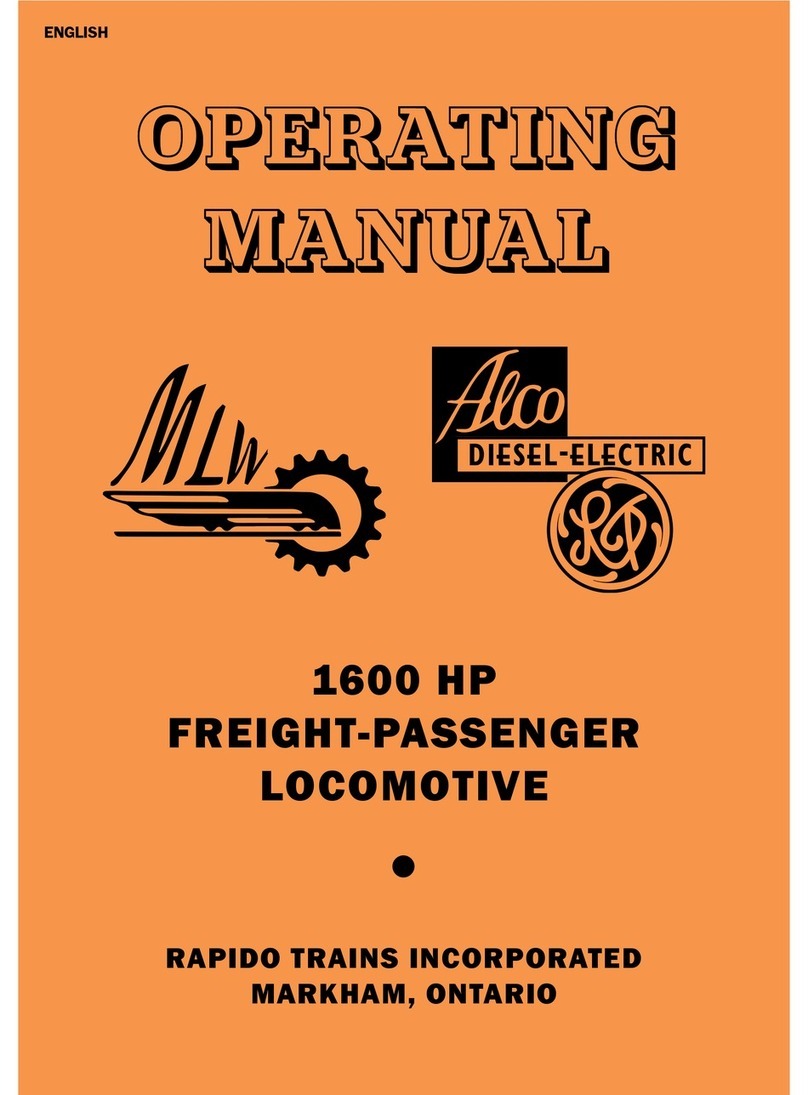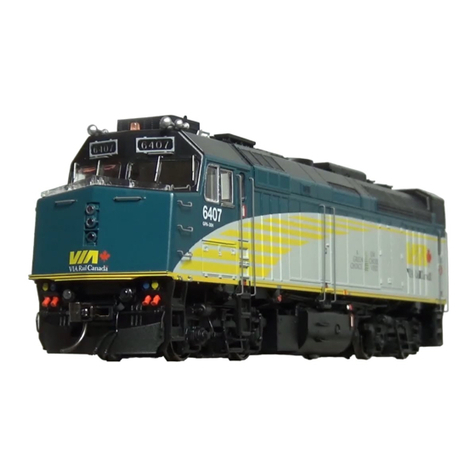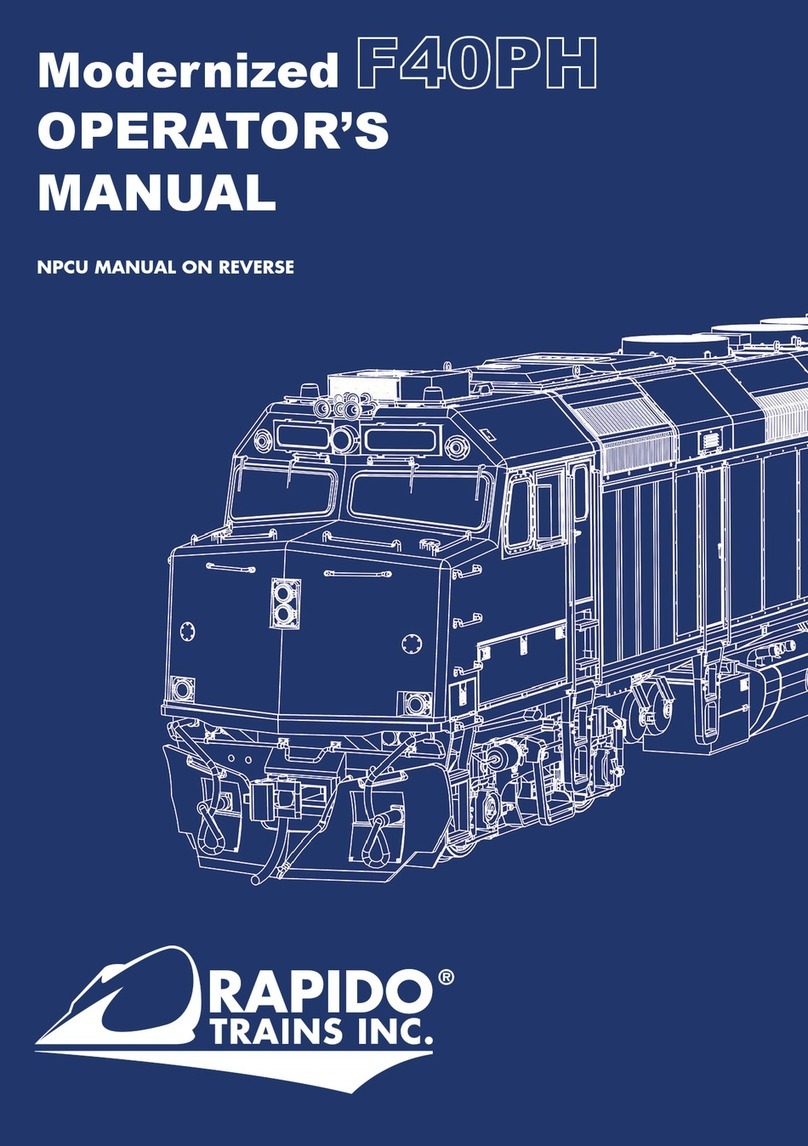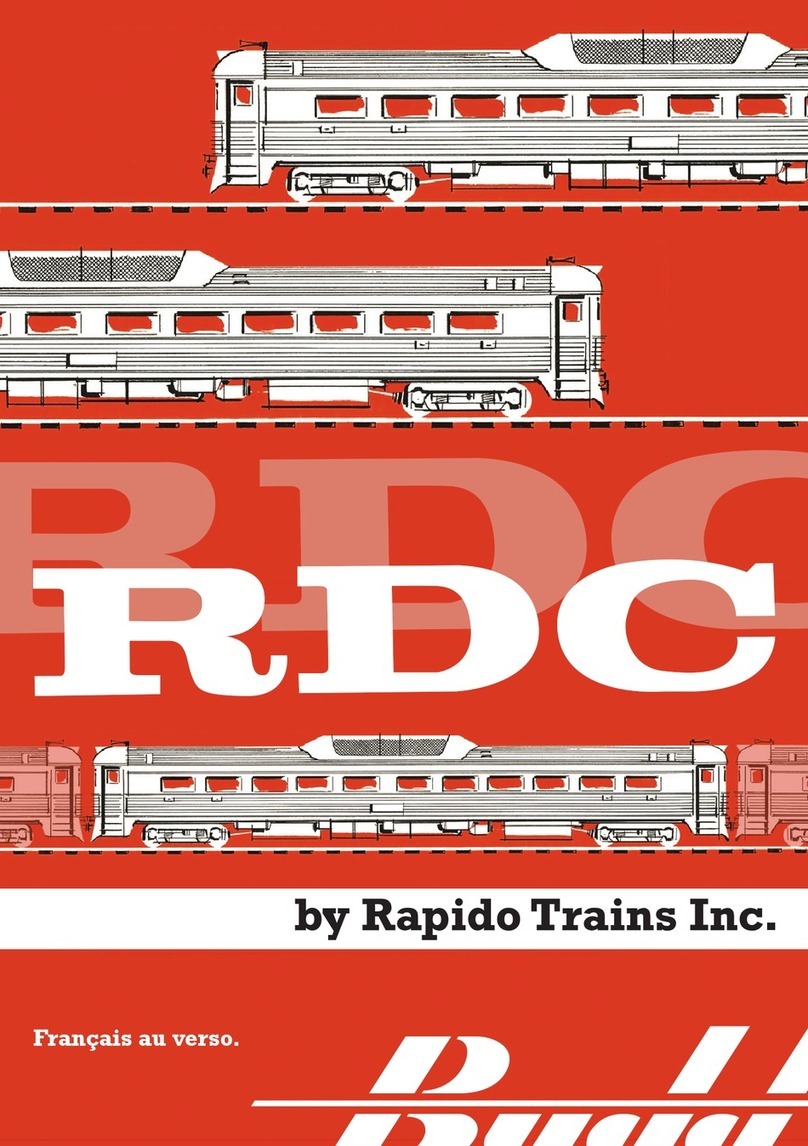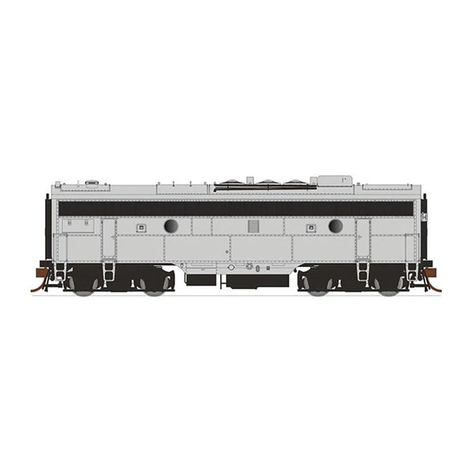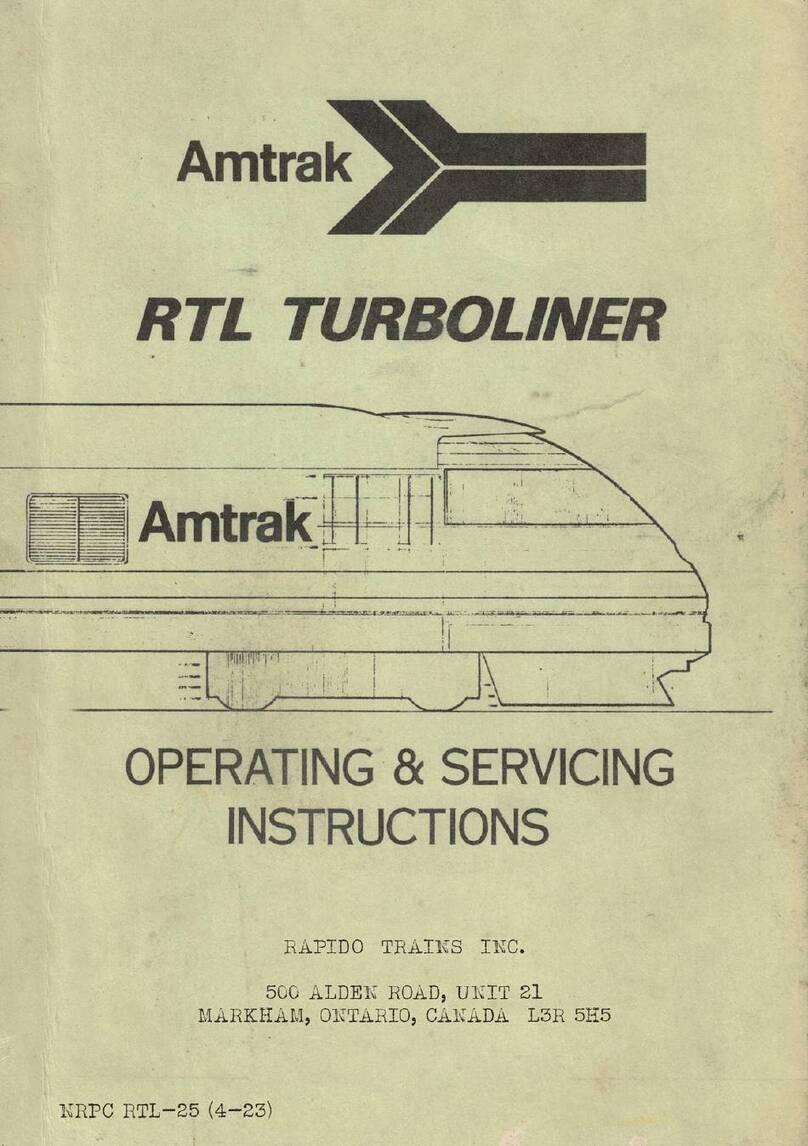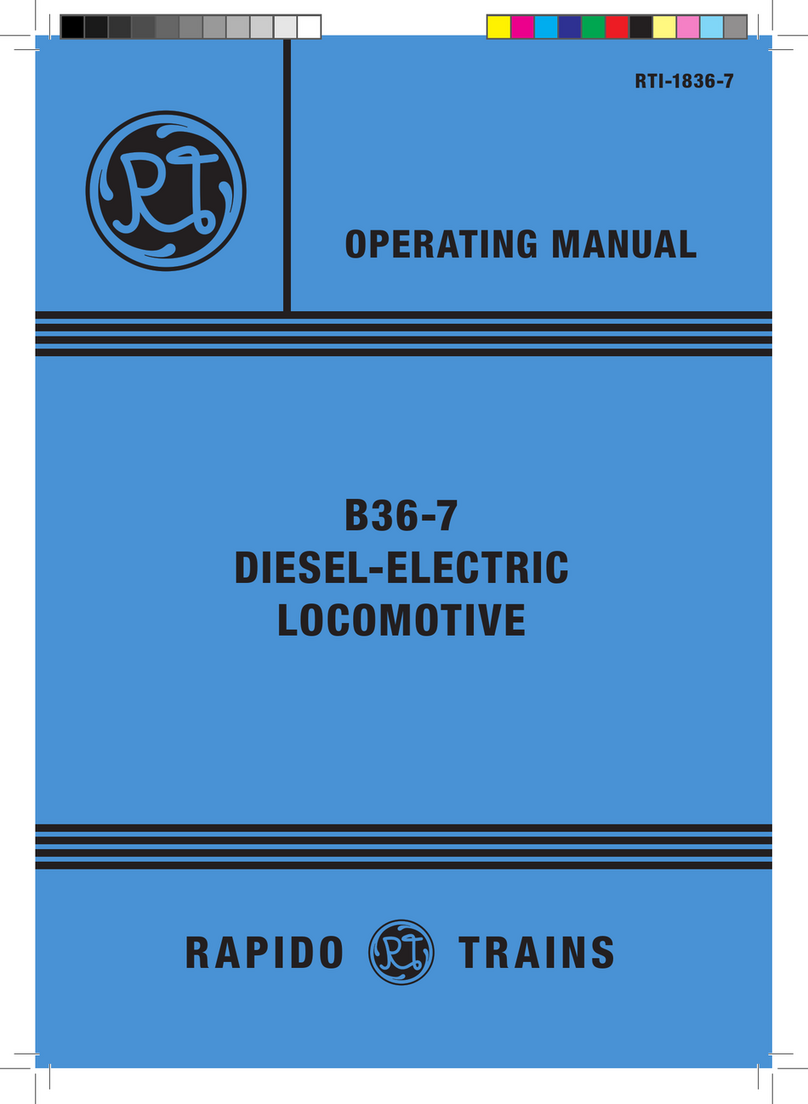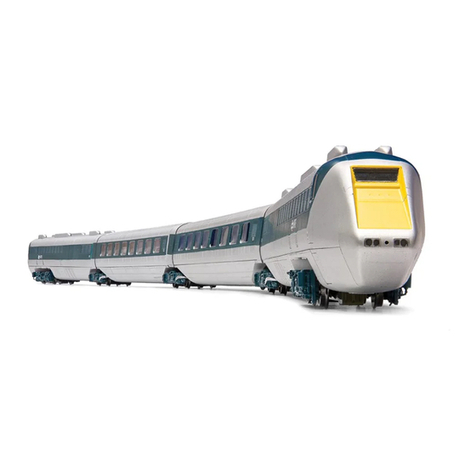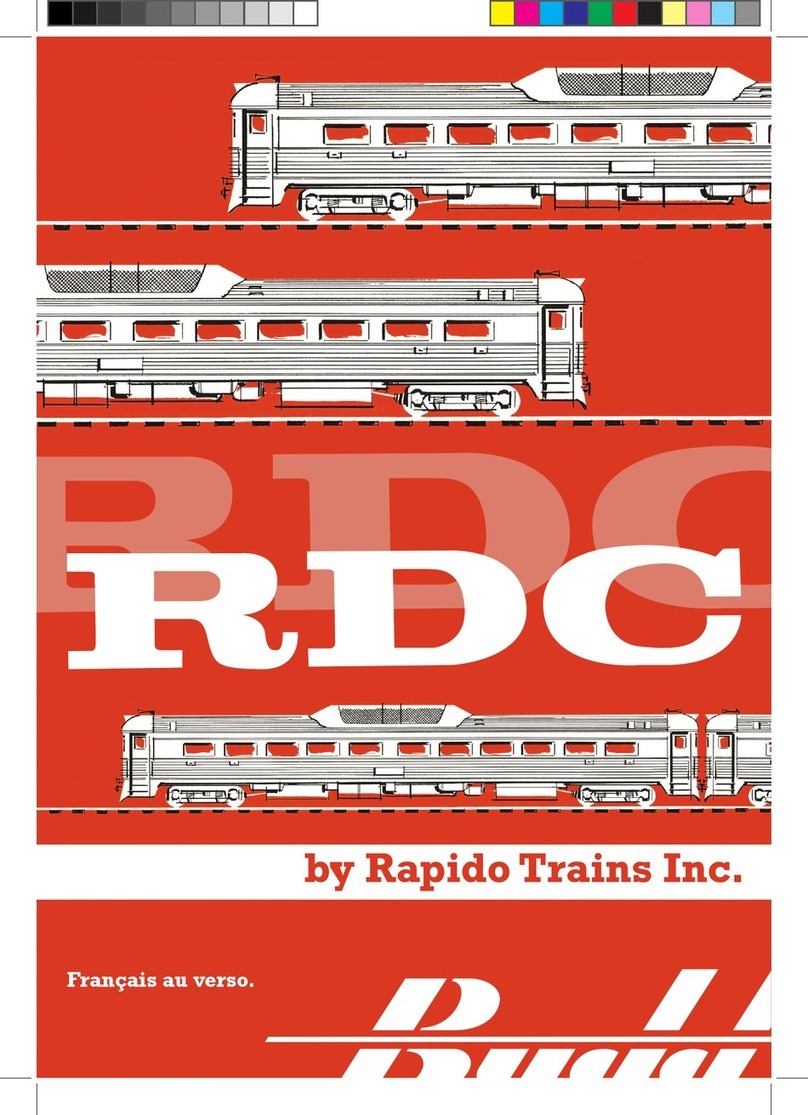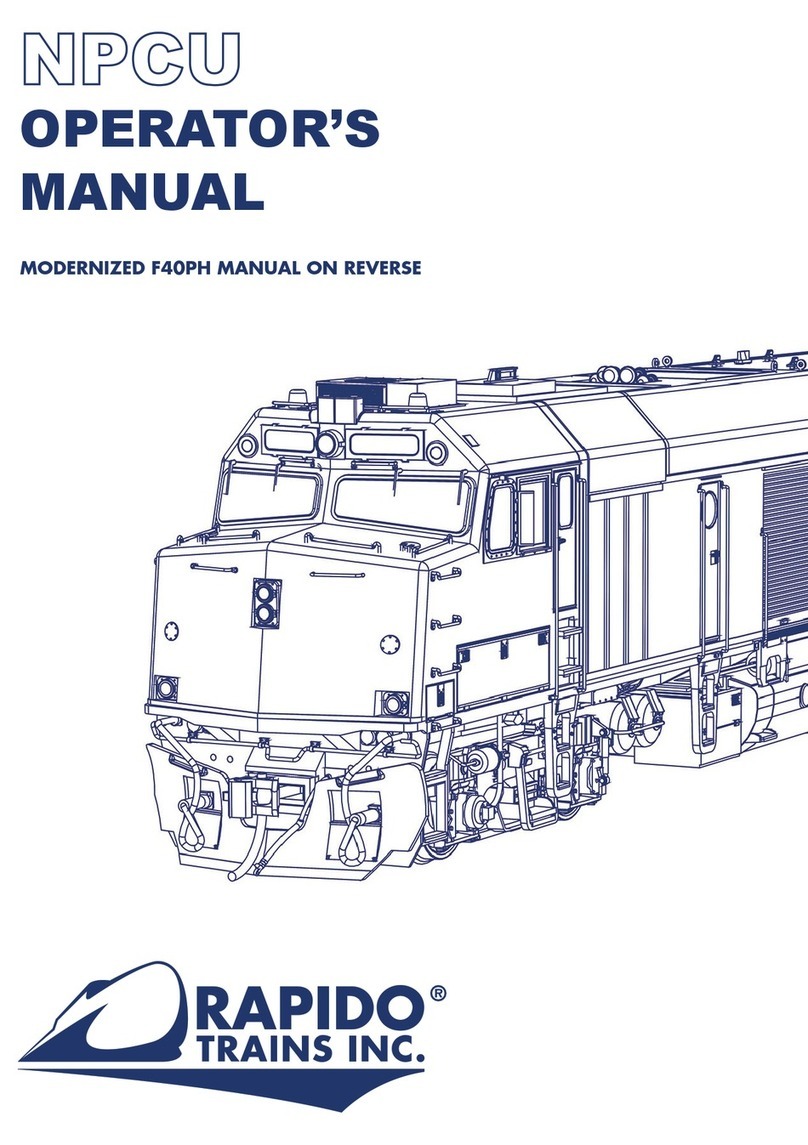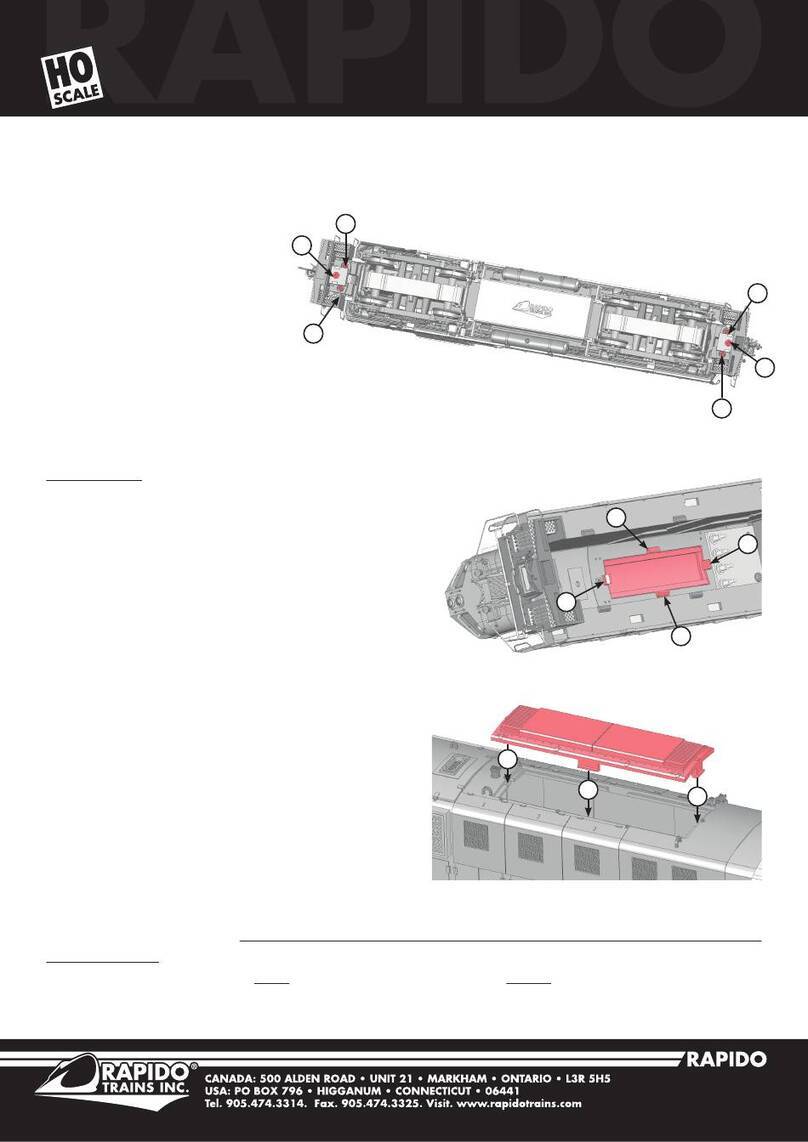
2
CP D10 4-6-0 LOCOMOTIVE PRODUCT GUIDELINES
Thank you for purchasing the next release in Rapido’s Icons of Canadian Steam
series – the Canadian Pacific’s most prolific steam engine, the Ten-Wheeler D10.
If this is your first Rapido locomotive, we must ask – why is this your first Rapido
locomotive? No, seriously, we’ve been around now for 20 years now and have
been pumping out a lot of beauty Canadian products. We’ve produced a metric
tonne of Canadian products, like the Canadian, Royal Hudson, Dash 8-40CM, RS-
18u, RSC-14, M-420, GP9RM+slug, F59PH, etc. So just for that, we’re going to
make sure you LOVE your D10. And then you’ll say to yourself, “What have We
missed out on all these years? We need to find and buy every Rapido model that has
ever been made, in every scale! Especially the UK ones!” Then someone will yell at
you for referring to yourself in the 3rd person like royalty when you clearly are not.
If you are a returning customer, welcome back! Just put your engine on the track.
All we ask is you don’t intentionally set it on fire, don’t use it on a daredevil stunt off
the end of the layout, don't coat it in marshmallow Fluff, and don’t MU it to anything
made by Tyco. Oh, and REALLY keep it away from cheap DC controllers. Crappy
power packs can quickly and easily give any Rapido locomotive an unwanted
makeover…and not the good kind (but at least it will melt the Fluff into gooey
goodness!).
If this is your first Rapido Manual, we should warn you up front -- there’s usually a
good amount of humour through these manuals. Well, at least we think so. We have
gotten some comments from people that don’t agree, but we suspect that they have
had their sense of humor surgically removed (we think it's near the spleen). After all,
model railroading is supposed to be fun!
As always, if there is anything amiss with your D10, please do not hesitate to
contact us. We stand by our products 100%. The best way to contact us is through
postal service, or two cans with a string (you must provide the string). Our contact
info is near the back of this manual.
However, PLEASE do not send a faulty model back to us without first getting
authorization. You wouldn’t believe how many times we get a delivery of a broken
locomotive with only a name inside (sometimes only the FIRST name), meaning we
have no idea what’s wrong with it! (Hey Rick – your package of pantographs is
still sitting on the shelf in our bathroom.) If the issue with your model is something
simple – like a loose grab iron – then we’ll likely tell you how to fix it yourself.
While we generally will support repairs to your D10 for a considerable length of
time, please realize that eventually the parts supply will run out. That, or the Earth
will be overrun by tribbles and all humans will become their pets; whichever comes
first. Unfortunately, that will dictate when we can no longer help you. Again, please
make sure you contact us first so we can tell you whether there’s enough parts (or
quadrotriticale) left to do your repair.
